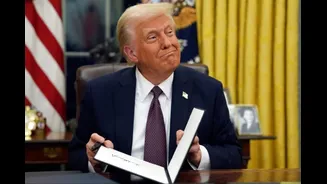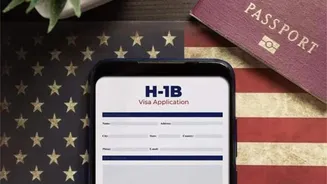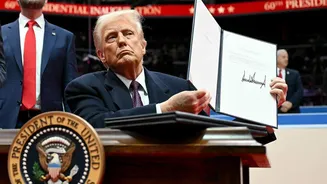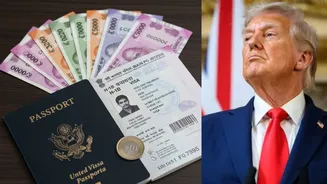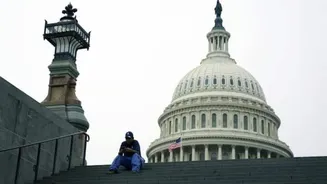Policy's Central Theme
The central theme of Trump's H-1B visa policy revolved around the idea of incentivizing businesses to prioritize American workers. The core message was
straightforward: companies should come to the United States, train the domestic workforce, and then, ideally, send them home. This approach suggested a focus on job creation within the country and a reduction in reliance on foreign labor. This vision proposed a shift in how companies approached staffing, promoting the development of skills within the local population. The policy aimed to make it more attractive for companies to invest in the U.S. workforce, aligning corporate interests with national employment goals. This change aimed to foster a skilled labor force that would contribute to economic growth while reducing the need for imported talent. The overall goal was to foster a system where American workers were at the forefront of the technological and economic advancements.
Impact on Businesses
Trump's H-1B policy had significant implications for businesses, particularly those reliant on specialized foreign talent. Companies faced potential challenges in securing the necessary workforce to support their operations. The increased scrutiny and restrictions on visa approvals could lead to delays in project timelines and hinder innovation. Businesses that heavily depended on international employees would need to re-evaluate their strategies, possibly investing more in training programs for domestic workers. Alternatively, they might have to consider adjusting their hiring practices to comply with the new regulations. Furthermore, the policy introduced uncertainty into the business environment, making long-term planning more difficult for companies. These changes underscored the need for flexibility and adaptability for organizations aiming to succeed in a changing global landscape. Companies had to balance the need to remain competitive with the need to adhere to the stricter requirements of the H-1B visa policy, which was a challenging task.
Worker Training Focus
The policy underscored the importance of worker training and development within the United States. Trump's administration aimed to promote programs that would equip American workers with the skills necessary to compete in the global marketplace. This focus on training meant that companies operating in the U.S. were encouraged, and in some cases, expected, to invest in initiatives that enhance the capabilities of the domestic workforce. This investment aimed to create a more highly skilled and adaptable labor pool, benefiting both individual workers and the economy as a whole. The policy may have encouraged collaborations between businesses, educational institutions, and government agencies to create and support specialized training programs. The emphasis was on preparing U.S. workers for roles in technology, engineering, and other high-demand fields. This was designed to build a self-sufficient, highly-skilled workforce, reducing the reliance on external resources and enhancing national competitiveness.
Economic Ramifications
The economic ramifications of Trump's H-1B policy extended beyond individual businesses and workers, affecting the broader economy. The shift in labor policies could influence economic growth, innovation, and international trade. A reduction in the inflow of skilled foreign workers might, in certain industries, have slowed down technological advancements and economic expansion. The policy's focus on domestic job creation could lead to positive outcomes, such as reduced unemployment and increased wages. However, the impact depended on the ability of American workers to acquire the necessary skills and fill the existing gaps. The policy's success was therefore tied to the effectiveness of training programs and the adaptability of both businesses and workers. The overall outcome would determine whether the policy could foster sustainable economic growth while remaining competitive on the world stage, especially given the global nature of talent and trade.
Global Workforce Changes
The changes in H-1B visa policies could also have consequences on the global workforce. The policies may have altered the dynamics of international talent mobility, potentially influencing how skilled workers chose to seek employment and where they would choose to reside. The restrictions on visas might have prompted a shift in global talent hubs. Some countries, by comparison, with more welcoming policies, might have benefited from an influx of skilled workers. This shift could impact the competitiveness of various economies and influence the global distribution of talent. The policies could lead to more countries implementing their own labor-market reforms, seeking to secure and retain their skilled workforces. Overall, the long-term impact on the global workforce could be a more fragmented and competitive landscape. The effects would depend on how countries reacted to these changes and adapted their policies.




